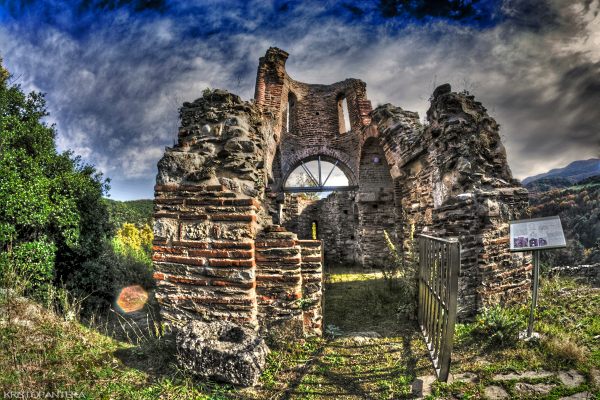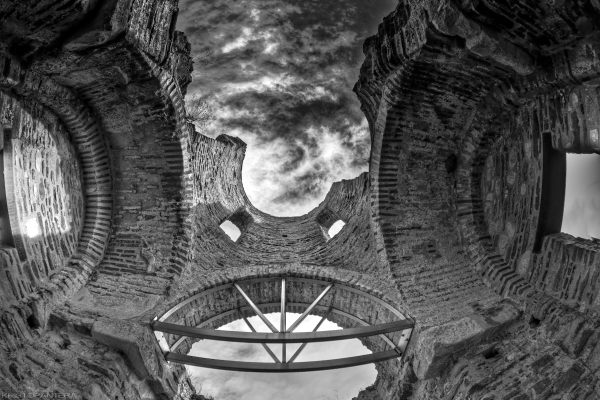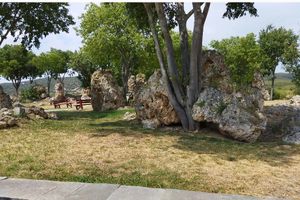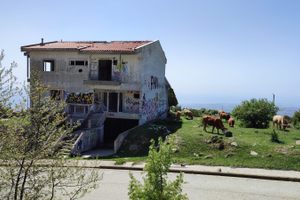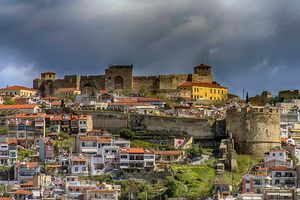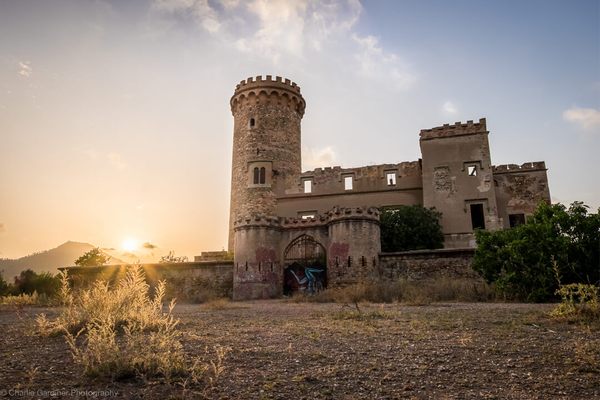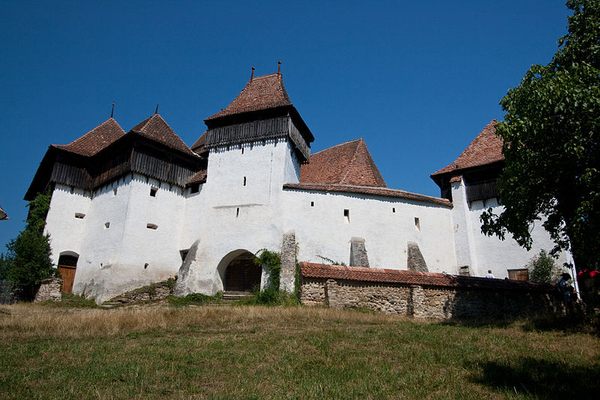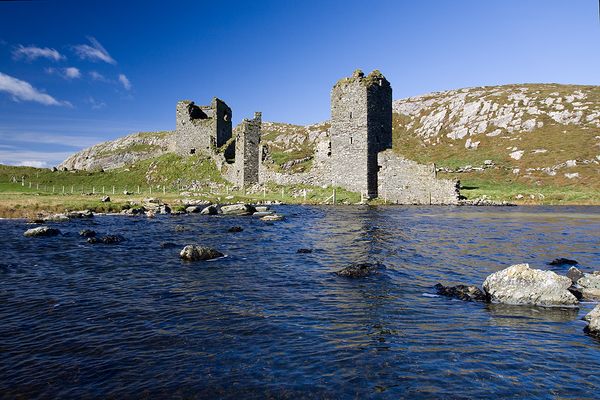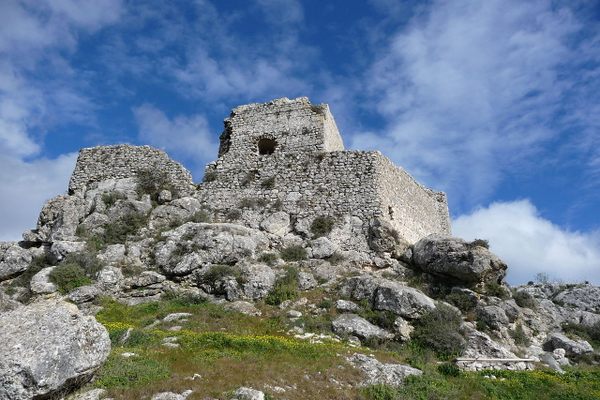About
This abandoned hilltop settlement near the ancient city of Arethousa was a stronghold for a succession of ancient civilizations.
For decades, archaeologists have tried to untangle the complex history of the ruins at Rentina. It appears that humans settled this beautiful hilltop in Greece during the Neolithic period. The hill was an ideal place for fortifications to protect nearby settlements in the fertile Rihios River Valley below. Some of the remaining walls on the hill date from the Hellenistic period (323-321 BC) when the fortifications would have been in Greek hands.
During the time of the Byzantine emperor Justinian (527-565 AD), the hilltop was further built up, and an impressive church was built there in the 10th century. Over time, the hilltop would feature a castle, chapel, fort, homes and businesses. In 1204, the waning empire surrendered Rentina to the Frankish Kingdom of Thessalonica, but it was retaken by John III Doukas Vatatzes, emperor of the Byzantine Empire, in 1242.
Over the next two centuries, Rentina would fall to the Serbs (1345), the Greeks (1371), the Turks (1383), the Greeks again (1402), and finally the Ottomans (before 1423). With the final conquest by the Turks it seems Rentina went into irreversible decline, as citizens and government officials unsurprisingly decamped for safer settlements.
Today, the breathtaking ruins of Rentina are situated near a busy highway and not open to the general public. However, they afford select visitors a visual reminder of Europe’s ever-complicated multi-national past.
Related Tags
Know Before You Go
A 20 minute walk from Agia Marina Church
Community Contributors
Added By
Published
December 16, 2015
Sources
- http://protostrator.blogspot.gr/2011/02/blog-post.html
- https://el.wikipedia.org/wiki/%CE%9A%CE%AC%CF%83%CF%84%CF%81%CE%BF_%CF%84%CE%B7%CF%82_%CE%A1%CE%B5%CE%BD%CF%84%CE%AF%CE%BD%CE%B1%CF%82
- http://advroutes.blogspot.gr/2015/12/blog-post.html
- http://www.kastra.eu/castleen.php?kastro=redina
- http://www.strymonikos.net/portal/en/HistoryJourney/Castle-Rentina.html
